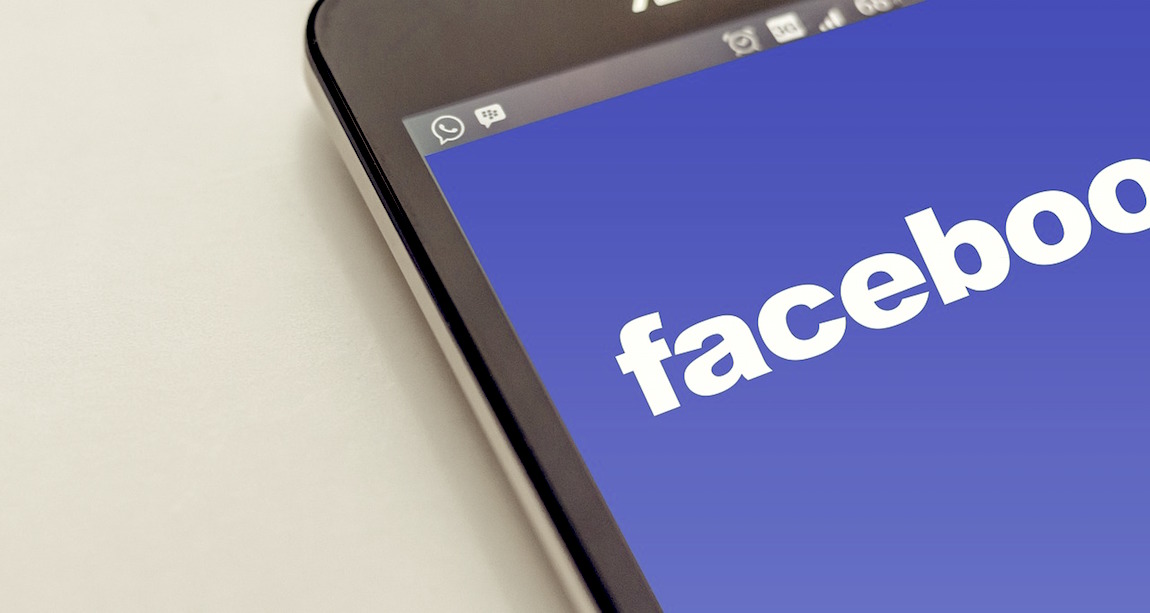by MGB2B

Myth: Social Media Content for B2B Brands Needs to be All-Business
Fact: Social Media is the Perfect Channel to Show Brand Personality
Social media content for B2B brands must revolve around statistics, numbers, and charts. Right? Wrong. While buyers do need practical information, it’s also necessary to humanize your brand. To do so, make sure some of your content resonates with your buyer’s emotions. After all, at the end of the day, it’s a human making purchase decisions. Need help getting started? Here’s three jumping off points to get your creative content up and running:
-
Tell Stories
Storytelling is a simple way for buyers to relate to the brand. This, in turn, strengthens the relationship between brands and buyers. By sharing stories on social media, your company has a chance to develop a personality that strikes a chord with your audience. According to a study at Stanford University, information shared through stories is remembered 22 times more than facts alone. So what kind of stories can you tell? Try a testimonial from a satisfied client. Polish up your brand creation story. Or consider a story that demonstrates how your product or service can solve a problem.
-
Use Humor.
People often assume that social media content for B2B brands is limited to stiff and serious posts. Including humorous content is a great way to get people interested in what your brand is doing. Let’s face it, most people don’t expect B2B brands to be funny. Use that to your advantage. Incorporating humor can be an extremely successful way of getting attention from potential buyers. There are plenty of ways to mix a little humor into your content calendar. Get creative with photos and videos that your brand is sharing. Is there something people find confusing about your brand? Poke fun at yourself (like MailChimp does). Or maybe there’s a common challenge in your industry you can make light of. A little levity can go a long way in ingratiating your brand to your audience.
-
Show the Brand’s Personality.
Developing a personality that is associated with your brand has way more impact than just facts and numbers. Audiences remember personalities over stats. This one’s tricky – it’s easy for B2Bs to fall into the same-old personality traits: committed, quality-oriented, eco-friendly, etc. But who is your brand really? And how does that resonate with your audience? Make yourself memorable. Think about what ultimately motivates your brand, and develop your character from there. Is your brand personality wise? An explorer? A trusted advisor? Do you aim to challenge or inspire? Whatever you feel your brand is, infuse those characteristics into your content (not to mention your ad copy and visuals) and stand out from the pack.
Even though it seems like social media content for B2B brands is limited, it’s just the opposite. It’s an opportunity to showcase just what makes your brand tick. While facts and stats provide the proof, your brand personality will resonate far longer.
Continue Reading
by MGB2B

“We can’t afford to do video.”
“A video guy is going to be too expensive.”
“Who’s going to write it? Who’s going to edit it?”
Lots of questions start to swirl around when you talk about B2B video content. But video is actually not as complicated as it used to be. And if you partner with the right vendors or agency, you can get a high-quality piece of content that suits your budget.
So What’s the Best Way to Get Started on Video Content for B2B Brands?
If you have no idea where to begin or don’t have the resources to commit to exploring your options, a B2B marketing agency can help evaluate and negotiate with illustrators, video producers, editors, and online video resources that do it all. Whether or not you use an agency, here’s what you’ll need to do first.
- Know Your Purpose. What is the goal of your video? Lots of B2B brands know that they “must have a video” and create one just to put an X in a box. But you need to take a step back and think about why you need a video. Perhaps you need an educational video series to build credibility in your industry. Or a simple explainer video to educate about the use or installation of a specific product. Maybe you want a polished brand video to put on your homepage. Knowing your purpose and the story you want to tell will help you with the very important next step…
- Set a Definitive Budget. The simple way to avoid being overwhelmed by the cost of video is to include it in your marketing budget from the beginning. It seems like common sense. But a lot of companies skip this part. Can you only spend $2,000? Or can you spare $10,000? Different price points get you very different types of videos and levels of quality. Knowing your budget will allow you or your agency to select the right video partners.
- Evaluate Quality vs. Cost. When determining who to partner with, obviously cost is a consideration. If your budget is only a few thousand dollars, you’ll likely need to go with an online vendor instead of having a professional shoot. But quality can be questionable. Make sure you look at value instead of going with the cheapest option. Ask yourself: “What level of quality, speed, and service am I getting for the price?” It takes a lot of research to find the right fit. So if you choose not to hire a marketing agency, make sure you have someone in-house who can devote a significant amount of time to weighing quality vs. cost.
- Don’t Skip the Script. Know exactly what you want to say and show in your video. Don’t “wing it.” A script and/or storyboard will help guide you along right from the drawing board. While it’s not something that directly affects your budget, it will keep everyone involved on track to produce more quickly and efficiently. This will help you spend less time (and money) in the editing room.
Creating video content for B2B brands is almost a necessity in 2018. And there are certainly many affordable options out there. The most important thing is to do it right, building trust in your brand and ultimately boosting ROI. Follow the steps above, and you’ll be a few steps ahead of your competitors.
Continue Reading
by MGB2B

The Myth: B2B Facebook Advertising Does Not Pay Off
The Reality: Facebook Advertising Is Highly Effective for B2B Brands
Facebook is one of today’s top advertising platforms – not just for B2C, but for B2B brands, too. It is cost-efficient and easy to operate. While you may only think of Facebook as something you experience on a personal level, B2B marketers have found Facebook to be one of the top social media platforms for ROI.
Utilizing B2B Facebook advertising is much different than simply waiting for your Facebook page to grow organically. A company’s Facebook presence is important for keeping your core users informed and up-to-date. But ads can help you generate new leads and bring them into the sales funnel.
Here Are the Key Benefits of B2B Facebook Advertising:
- Advanced Targeting Options. Facebook is one of the only platforms that offers in-depth, advanced target marketing. Aside from basic distinguishes like age, gender, and geography, allows you to focus on things like interest, education level, job title, and even current workplace. This allows B2B marketers to target those who are less likely to be tire kickers and more likely to be high-quality prospects.
- Lead Generation. While having a Facebook presence on its own is important, running ads actually attracts new leads. And with the level of targeting mentioned above, they are more likely to be qualified leads. A CEO or decision-maker might be on their personal Facebook page and notice your ad, targeted specifically at their job title in their industry. If you catch them at the right moment with the right message or content offer, you’ll have a new lead in your sales funnel.
- Facebook Keeps Improving for B2B. As Facebook gets older, it gets more sophisticated. Their offering of Lead Ads gives B2B marketers even more tools to follow up with prospects who show interest. It will be interesting to see what else they roll out in 2018.
When done right, B2B Facebook advertising can be just the shot in the arm your social media strategy needs. Make it a focal point in your next social campaign, and let the opportunities speak for themselves.
Continue Reading


